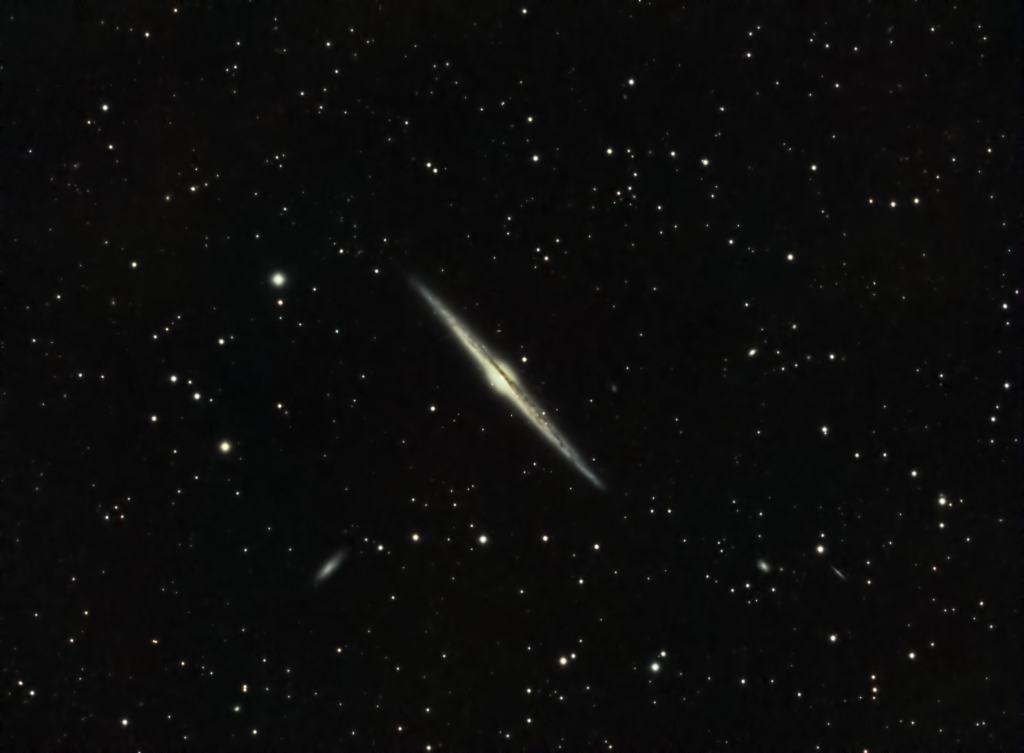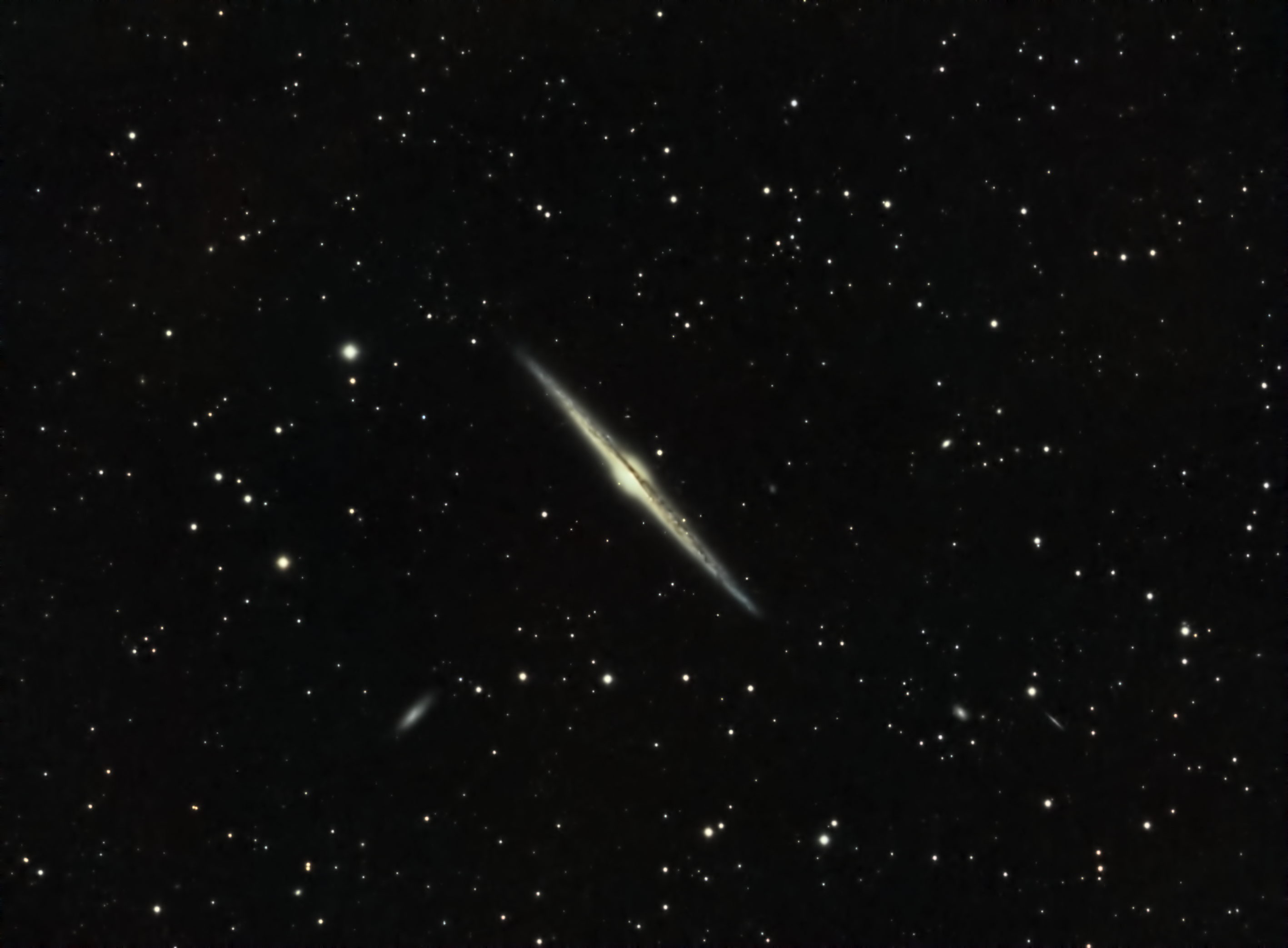
Similar Posts
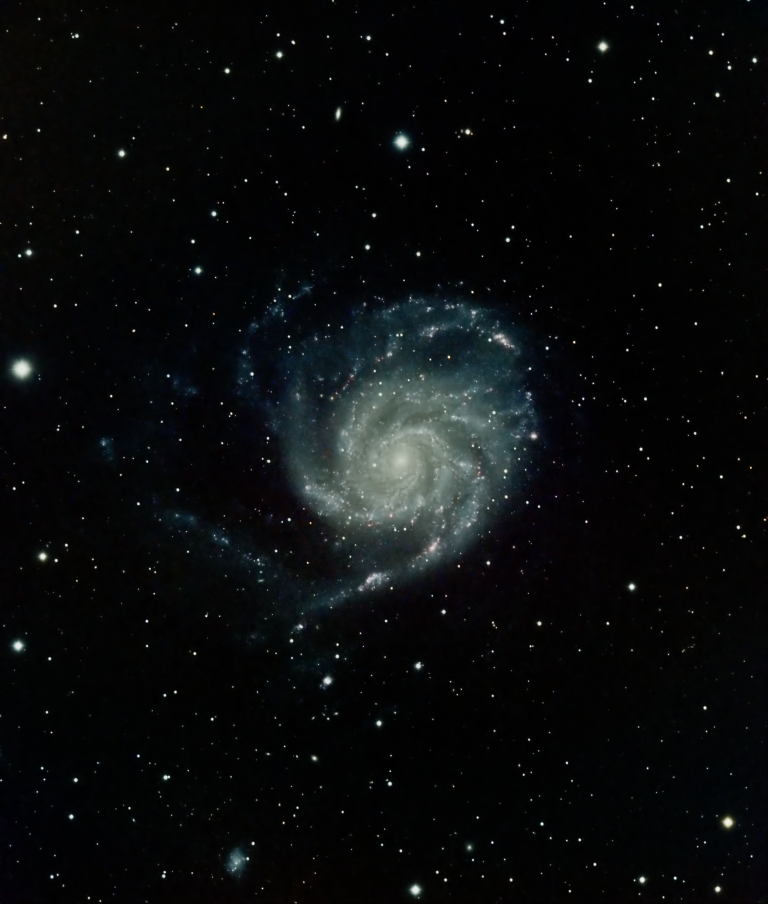
The Pinwheel Galaxy
Hope to revisit this under better conditions in the future; but this came out OK considering a bright moon was out the night it was taken. The Pinwheel Galaxy (M101) is near the end of the handle of the Big Dipper in the sky, although physically it is tens of millions of light-years more distant.
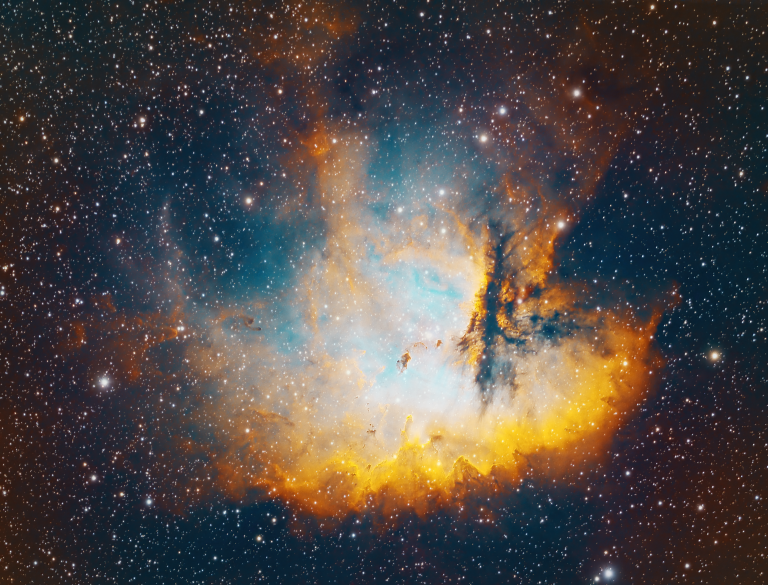
Playing with Pac-Man
This is NGC281, or the “Pac-Man” nebula. I think it’s one of those objects that might look a little like its name if you’re viewing it through a big telescope in a dark sky, but takes on a totally different character in long-exposure, narrowband images such as this. This is a total of 13 hours…
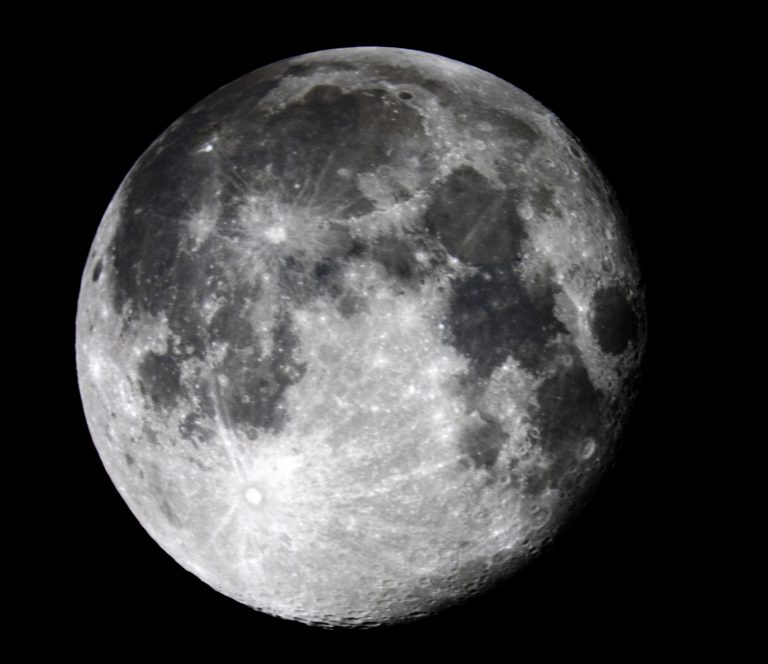
The Moon
A full moon captured with a Canon T6i DSLR.
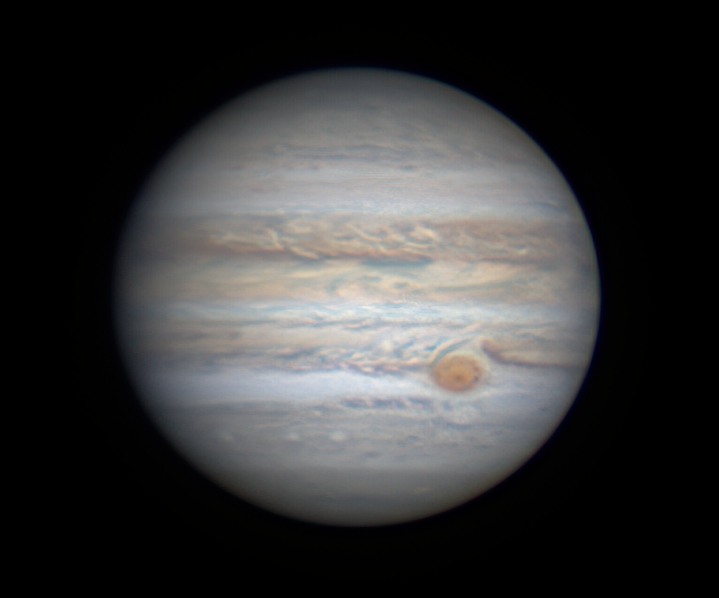
Another Look at Jupiter and Saturn.
Jupiter and Saturn both reached “opposition” over the summer, meaning they had their closest approach to Earth for the year. Florida’s summer weather conspired against photographing the planets at that time, but the skies finally cleared last night. They’re not at their closest, but… they’re close enough. I think this is my best Jupiter image…
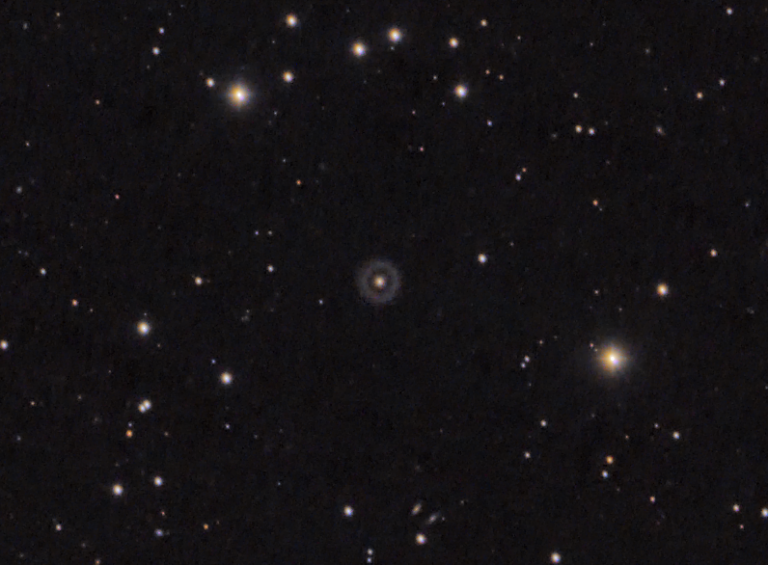
A “ring galaxy” 600 MILLION light-years away
Hoag’s Object is the weirdest galaxy I know of; it is a “ring galaxy” – a very rare galaxy type that’s just a galactic core of stars, surrounded by a ring of stars that’s seemingly disconnected from its core. This galaxy has always captured my imagination. Just look at this image from the Hubble Space…
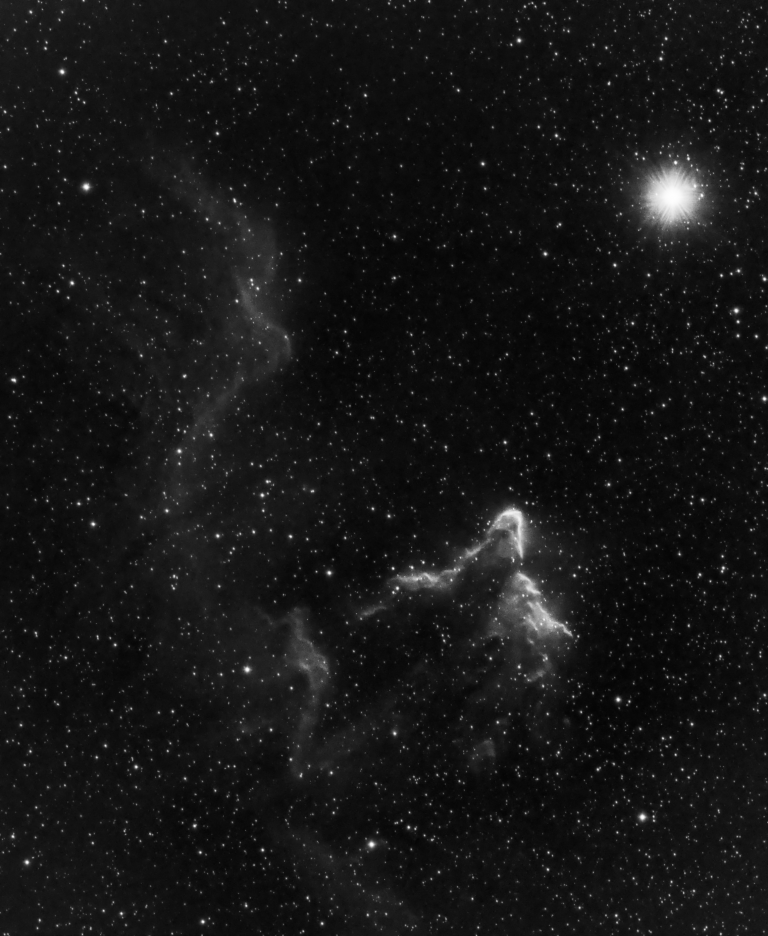
The Ghost of Cassiopeia
It doesn’t take much imagination to see a ghost leaving a trail of ectoplasm in this cloud of Hydrogen gas, lit up by the bright star Navi. To keep with a spooky and ethereal theme, I photographed this object in monochrome using only a Hydrogen-alpha filter.

